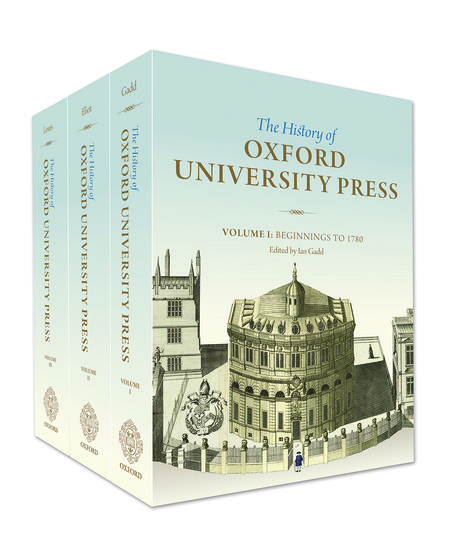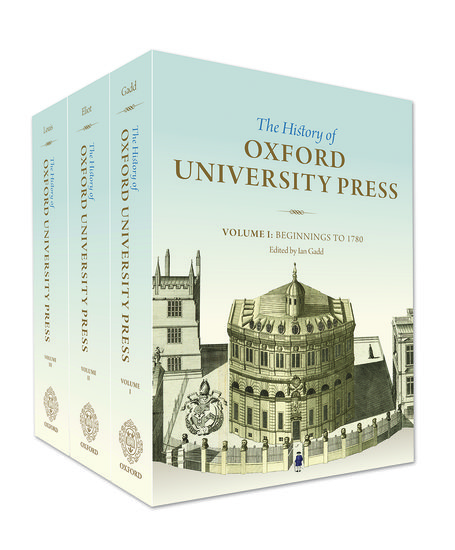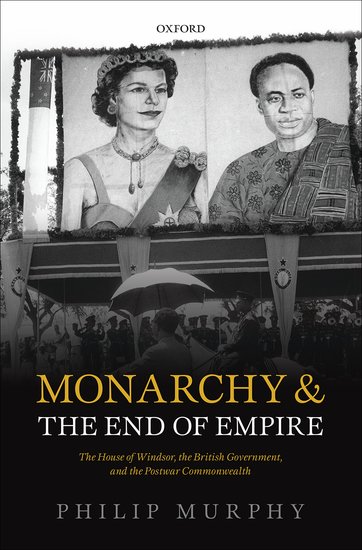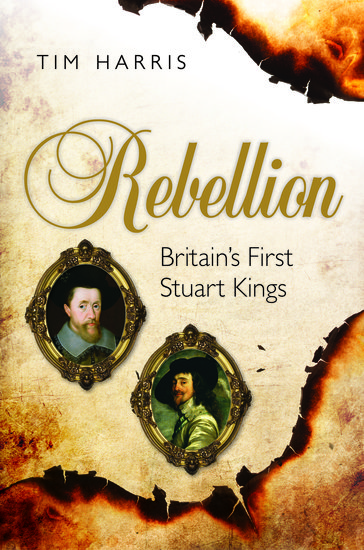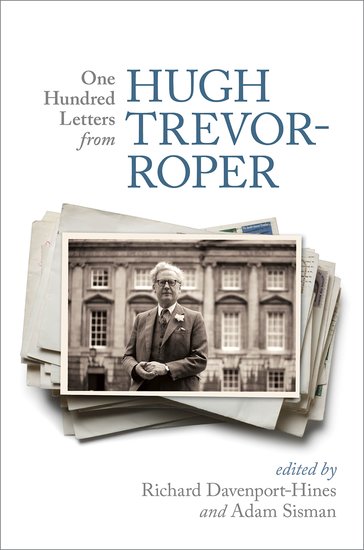Soldiers’ experiences of World War I in photographs
The confident grin of an ace fighter pilot, the thousand yard stare of a young soldier taking a smoke break in a subterranean shelter, a howitzer glowing in an open field, sailors framed in moonlight off the deck of a submarine pointed towards an empty horizon — The Great War: A Combat History of the First World War by Peter Hart resurrects in language and photographs the soldiers’ experiences of World War I.


